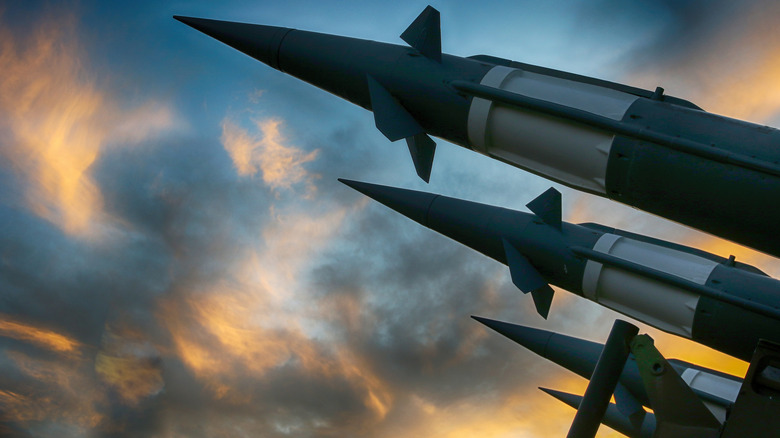Why Do Some Missiles Spin When Flying?
From guided, to cruise, to the US Army's Dark Eagle hypersonic, missiles are the epitome of modern engineering, designed to travel at incredible speeds and hit their targets with calculated precision. But if you've ever seen footage of missiles in flight, you might have noticed that some of them spin as they move through the air. That motion isn't random and it's not accidental; it serves a very specific purpose.
Some long-range missiles are designed to spin while flying, to help simplify how the missile is steered. This allows the control system to manage both pitch (up and down movement) and yaw (side-to-side movement) using just one control channel. Spinning also helps cancel out problems caused by uneven weight, uneven thrust, or slight design imperfections that might otherwise throw the missile off course.
Though the knowledge of rocket spin existed before, the concept was fully realized in 1844, when English inventor William Hale developed the first spin-stabilized rocket. These short-range rockets, a far cry from long range modern Tomahawk missiles, used tail fins and exhaust nozzles to create controlled rotation, making them much more accurate than earlier versions.
There are issues with missiles that spin during flight
Hypersonic missiles can fly incredibly fast, but a missile that spins when flying can be negatively impacted due to an interaction with the airflow around it. The sideways forces and twisting motions created are especially prevalent when missiles are fired at an angle, also known as the angle of attack. If a missile encounters these conditions, the Magnus Effect comes into play, which can lead to a wobbling motion, or coning, where the missile's nose traces a small circle instead of pointing straight ahead.
Another challenge with spinning missiles has to do with how their internal control systems handle the spin. Because the missile is rotating, the onboard autopilot works harder to make precise corrections. But delays or limitations in the missile's actuators—the parts that physically move the fins or control surfaces—can make it tough for the system to respond in time. This lag, combined with the complex interactions between the missile's control channels, reduces overall stability and can cause the missile to go off course.
Many missiles also use booster engines that make them longer and more slender, which can impact their performance once the fuel is burned through. But these missiles can become more flexible and can even bend slightly in flight, which, when combined with other complex motions, presents tough problems for engineers to solve.

